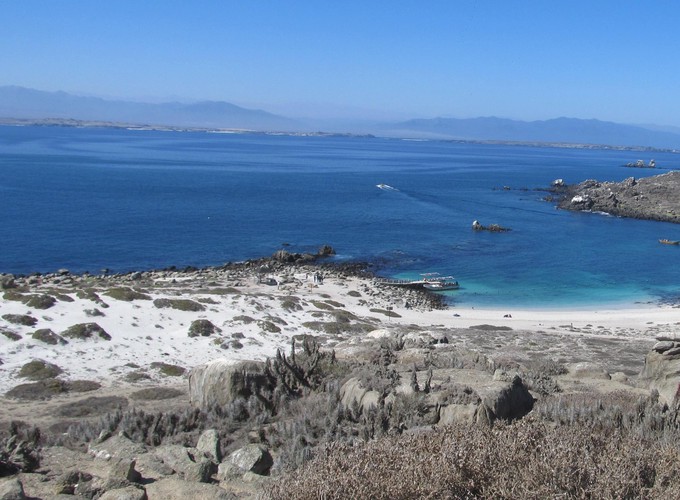Exploring dual discount rates for ecosystem services. Evidence from a marine protected area network
Abstract
This paper presents a joint estimation of the willingness to pay for conservation activities aimed at preserving the flow of ecosystem services provided by a marine protected area network and respondents’ personal discount rate using a contingent valuation survey. This work contributes to the literature on identifying people’s discount rates by moving beyond the use of the exponential schemes to include a hyperbolic discount rate through variations in the timing and duration of the provision of public goods. We present evidence that different discounting processes are associated with different programs, which depend on the type of ecosystem services under protection, including seed banks and biodiversity conservation for tourism activities. The results show the importance of using decreasing discounting (hyperbolic discounting) for projects aimed at preserving biodiversity for tourism activities. Using exponential discounting undervalues the net benefits associated with tourism by 23%, thus affecting projects’ cost-benefit analyses. These results are crucial for informing the design of marine conservation programs by clarifying the relationships among conservation project goals, the discounting used, and the relevant lifetime project assessment.
